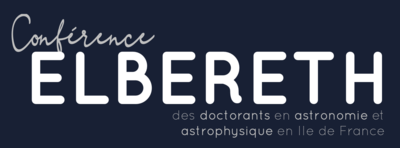The next generation of galaxy surveys has the potential to significantly deepen our understanding of the Universe, though this potential hinges on our ability to rigorously address systematic uncertainties. This was previously beyond reach in field-based implicit likelihood cosmological inference frameworks. We aim at inferring the initial matter power spectrum after recombination to diagnose...
Cosmic voids are the largest objects emerging in the cosmic web, covering the majority of the volume of the Universe. They are a well-established probe to gather cosmological information from the large-scale structure, as well as interesting regions to study how an underdense environment affects the behaviour of astrophysical objects. Unfortunately, identifying voids from galaxy surveys is a...
Since 1995, more than 5,000 exoplanets have been discovered, largely thanks to the transit detection method. However, most exoplanetary systems do not exhibit transits, limiting this method to detecting only about 10% of existing exoplanets. To gain a more comprehensive understanding of exoplanet populations, alternative detection approaches are needed.
One particularly intriguing trend in...
In the Solar system, planetary radio emission is strongly correlated to incident magnetic power (similar to the Poytning flux). To test this observational law in other stellar systems, and use it to determine interesting observation targets, we need to get an estimation of the stellar magnetic field of the host stars.
Here, we work on the compilation of measures of stellar magnetic fields...

